The history of TVR #6
3rd owner Peter Wheeler (1944-2009)
In the 80s, Peter Wheeler took over TVR. Under Wheeler’s leadership, TVR was at its most innovative period. We could say,, it was the golden age of TVR. Wheeler was a chemical engineer who developed various additives for the oil industry.
TVR left behind the naturally aspirated and supercharged V6s and larger V8s took their place. The engine was called the Rover V8, although it was originally a Buick development, but General Motors thought the engine was too small, so it was not produced in America. The Rover V8 is an aluminum block, aluminum cylinder head V8. From 3.5 to 5 liters of displacement. With the ’86 S series, Wheeler brought back the previous design elements from the M series. This brought great sales to the TVR kitchen. Wheeler also built several engines based on the Rover V8, including the Chimaera, Griffith, Cerbera, Tuscan, Tamora, T350, Typhon and Sagaris.
In the 1990s, they converted a number of Rover V8s, but later developed their own engine. The engine, called the AJP8, was developed by Al Melling, John Ravescroft and Peter Wheeler (the idea for the acronym came from their first names). It was originally intended for the Griffith and Chimaera, but development took longer than expected, so the engine was eventually used in the Cerbera and Tuscan racing cars. Wheeler also led the development of a series of six-cylinder engines based on the AJP8. The six-cylinder version, called the Speed Six, was a cheaper alternative, as it was cheaper to manufacture and maintain. It was under
Wheeler’s leadership that the brand really took off. The Sagaris gave the world a shape that looks modern even to today’s eyes. Its 4-liter inline-six engine produces more than 400 horsepower, in a body weighing 1,075 kilograms. It can do 0-100 in 3.7 seconds, and its top speed is 298 km/h. And of course there’s the Cerbera V12 version. The headlights seem to imitate a spider. Its factory code is 7/12, and that’s no coincidence. The 7.7-liter V12 had 840 horsepower in the only street version, but this is a heavily detuned version, as they easily managed to squeeze 1,000 horsepower out of it on the dyno. The street version accelerated to 100 in 2.9 seconds, weighing just 1,000 kilograms. Its top speed exceeded 385 km/h. Oh, and all this without any electronic aids.
Subscribe to our newsletter
Provide your e-mail address and click the button below to receive special deals and premium offers




